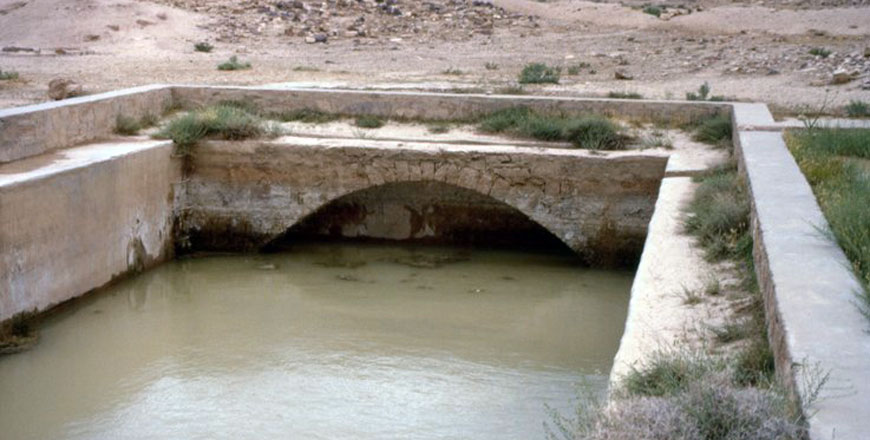AMMAN — A group of experts in water harvesting and geology decided to implement the ancient knowledge of Nabataeans in flood control systems in Wadi Madras, Petra. Through rebuilding the ancient system they hope to curb intense flashfloods that cause erosion of sandstone monuments and endanger the lives of visitors and locals.
“Soon we will begin the process of rehabilitating the system by fixing some of the structures and rebuilding others,” said team director Nizar Abu Jaber, a professor at the German-Jordanian University, adding that most of the project should be implemented over the summer in time for next year’s rainy season.
The Nabataeans minimised flashflooding through various water control installations, Abu Jaber continued.
The Petra Development and Tourism Regional Authority (PDTRA) is interested in the results because there is a continuous flooding problem in Petra, the expert noted.
“This project seems timely and useful if implemented the right way,” confirmed PDTRA chief commissioner Suleiman Frajat, adding that PDTRA also works closely with the UNESCO office in Amman on potential projects to mitigate the risk of flashfloods.
The revival of the ancient terrace system in Petra is necessary to reduce flooding risks with associated sediment deposition, salt transport and other materials which endanger the heritage site, highlighted Abu Jaber.
“The first aim of the project is to collect hydrological data by using rainfall simulation experiments, stream gauges, weather stations and infiltrometers,” said Abu Jaber, adding that maintenance and rebuilding of the hydraulic installations will be done with traditional materials and techniques.
Another significant aspect of the project is the involvement of the local community by creating opportunities for the development of rain-fed agriculture, Abu Jaber highlighted.
“Increasing awareness within the local community of the importance of landscape management and protection will create job opportunities by reviving ancient traditions,” Abu Jaber said, noting that training the local community on terrace design and restoration as well as on maintenance of the hydrological instruments and data collection will be part of the second phase of the project.
